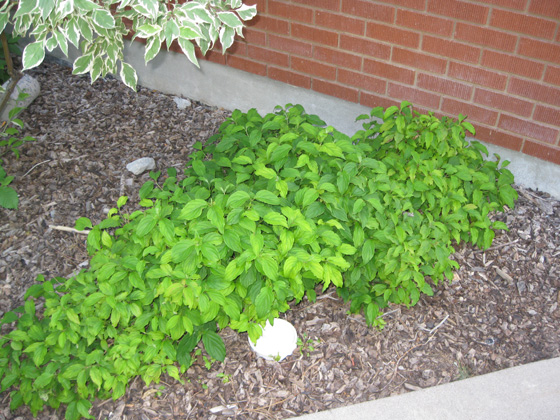| PSC 2620: Woody Trees and Shrub | Course Home | Week 3 |
Cornus sericea - Redtwig Dogwood
Plant Viewer
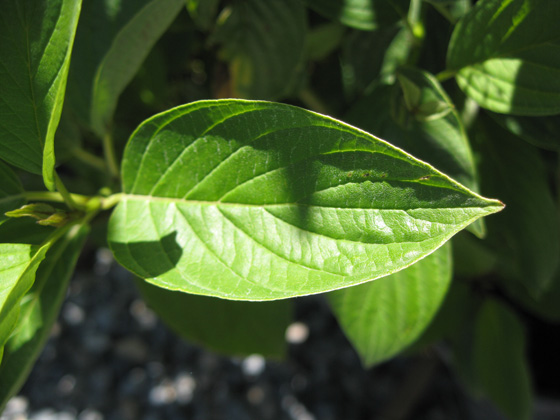 |
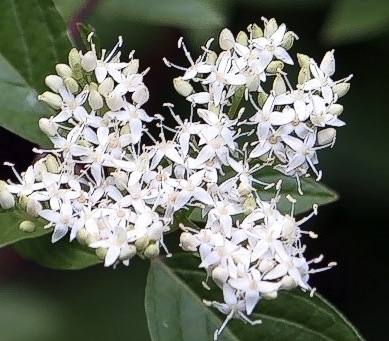 |
| The leaves of Cornus sericea are vibrant green, elliptic and have an arcuate vein pattern. | Small clusters of flowers appear in late spring or early summer. |
 |
|
| The stems turn bright red during during the winter |
Plant Description
Similar in size and shape to Cornus albabut a bit wider (7-9 feet high, up to 10 feet wide). Also famous for its bright red winter stems, the majority of the stem will be green while the plant has its foliage, and will not develop the showy red color until the fall. The foliage tends to be a bit denser than C. alba, especially in the smaller cultivars.
The 3-5 inch long leaves are elliptic, with the veins in a arcuate pattern on the leaf. The are set into the leaf face, which makes the veins very apparent. In the late spring and early summer, clusters of small white blossoms occur on the top two thirds of the plant. The flowers are attractive, but not overly showy. Once the blooming is completed, clusters of 1/3 inch white fruit with bluish overtones appear. The fruit clusters more showy then the flowers. Fall color is purple-red, and is generally reliable.
C. sericea is tolerant of many different climate conditions. It can tolerate nearly marshy conditions to essentially full drought conditions once established. It will perform well in full sun to full shade.
Landscape Use
Use in mass plantings and for hedges and screens.
Points of interest
Cornus sericea will sucker vigorously and can take over an area in a few years time if not kept in check.
Notable Cultivars
Baileyi: A large variety with notedly bright-red stems in the winter and very light blue berries.
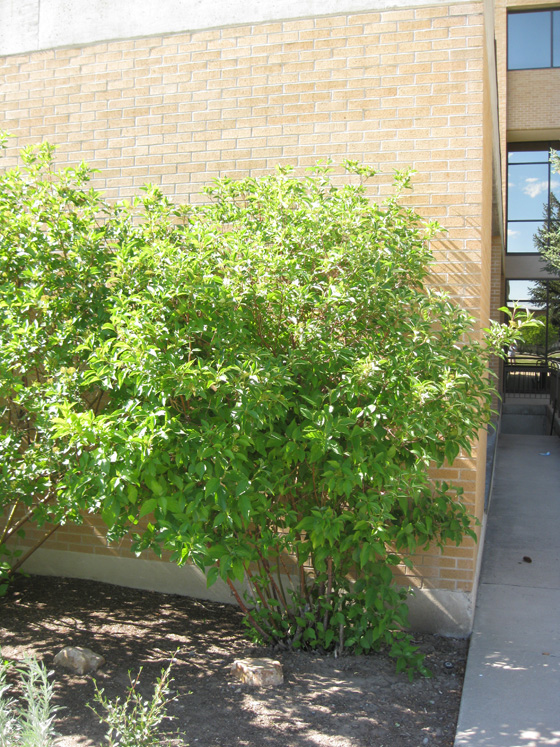
Flaviramea: Also known as yellow-twig dogwood because of its bright yellow stems. 6-8 feet tall and slightly wider.
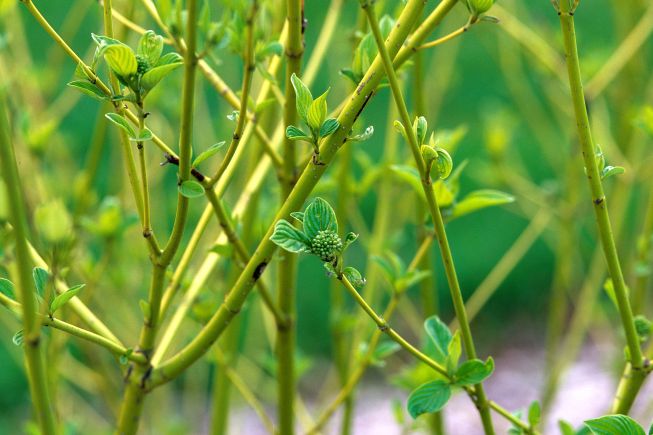
Isanti: A compact form (5 feet high and wide) with good flowers and fruit.
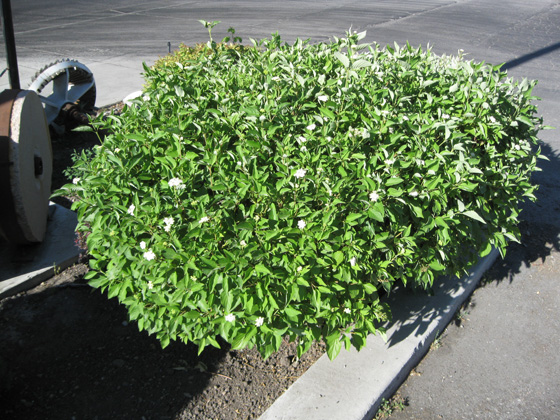
Kelseyi: A true dwarf, grows only 1-2 feet high and slightly wider.
